In the recent past, you must have heard the word "cryptocurrency". Virtual currency or cryptocurrency is gaining popularity around the world. People are advocating for the usage of it and some people are opposing it. In this post, we try to understand what cryptocurrencies are, how they are formed and whether the world shall be able to accept cryptos as a standard.
Mankind and currency
When trade started to happen in mankind, it started with the exchange of goods. This exchange of goods was called the barter system. In the system, one person sells a product or goods and receives some other product or goods from another person.
In a barter system the transaction to be successful needs to have an understanding between both the parties that the value of goods they are exchanging is equal. As mankind evolved, and men moved from continent to continent there was a need to find a common medium that would hold value to both the parties of the transaction. Thus, the barter system was enhanced and the currency system was developed.
In a currency system, a common medium such as stones or precious metals of specific dimensions or weight were considered as the value of exchange. This exchange system further evolved as time went by and in medieval history came out as a currency system. Coins started to be used by the people as value for the sale and purchase of goods. These coins were backed by the ruling kingdoms and governments which strengthen the belief in their exchange.
What started to be a raw exchange of goods was now standardised and backed by the ruling governments and kingdoms of the time. This lent credibility to any currency that was exchanged then.
Currencies today are available in form of paper and coins. The same currencies are actually traded online in the form of transfers from one bank account to another. One thing to note is that the currencies that were printed were actual gold and silver, precious metals.
In earlier times up till the 19th century, the coins were mostly of gold and silver. Later, in recent times countries move to other metals such as copper and brass but the actual presentation is gold and silver.
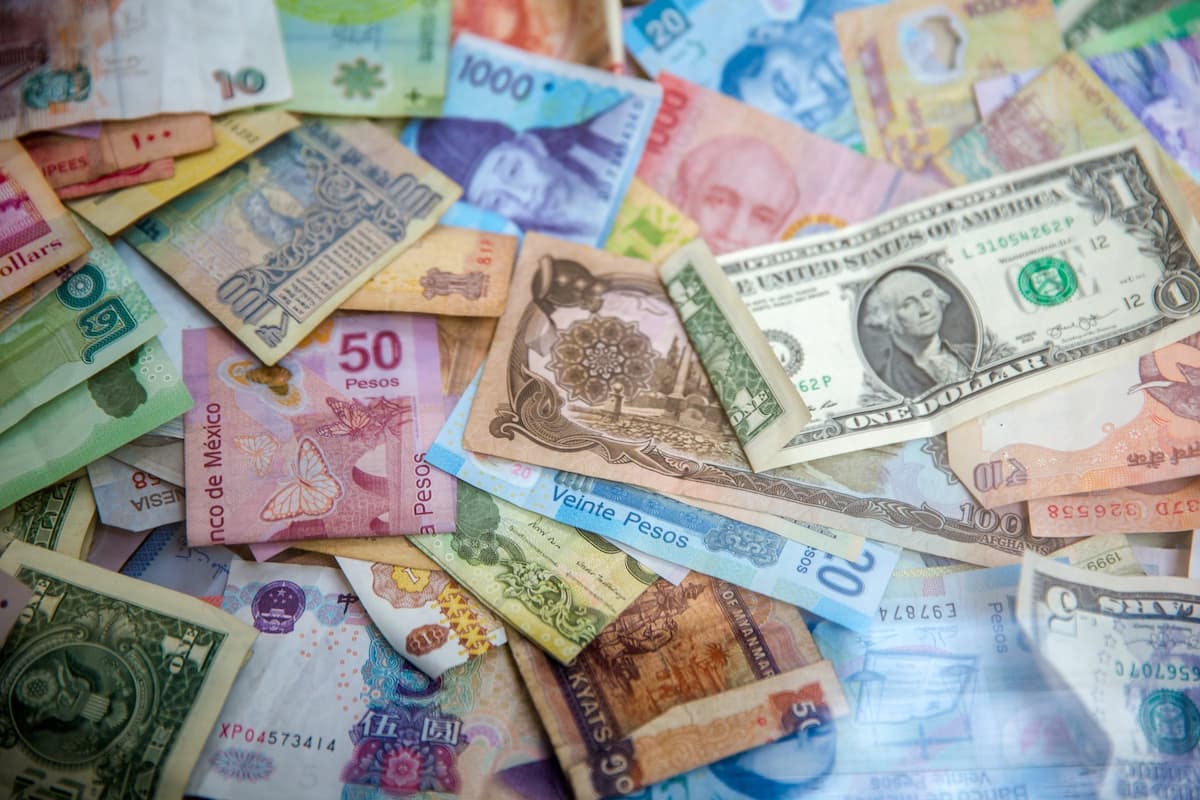
Governments are issuing currencies that are based on the gold standard. The gold standard is nothing but the amount of currency (in form of coins and paper) a government or an institution backed by a government can print (based on the amount of gold it holds) and issue to the people. This can be used for exchange.
Countries such as India still are on the gold standard whereas countries like the United States went off the gold standard in the 1970s. Virtual currencies on the other hand are largely independent and are not backed by any government - at least not by many governments. Thus, they do not have value as legal tender in the countries.
Let us now see why coins and currencies as a system flourished for almost 3000 to 4000 years and in human history.
Characteristics of a currency
Durability
Say for example you are dealing in barter exchange and you have bought a hundred kilos of wheat in exchange for two goats. Then your wheat should be durable enough to be consumed. If the wheat you had bought is not for your own consumption but again for an exchange that you want to take place for some other goods.
If in this scenario the wheat gets destroyed due to any reason such as weather, fire, pests then you lost the value of the exchange and can’t buy the goods you wanted to exchange for the wheat. Thus, the barter system ran the risk of losing the goods bought and sold rendering the humans without anything.
In a currency system, the currency that is used as a medium of exchange should be durable. In today’s world the coins and paper money is easy to exchange and in most cases is durable enough to sustain different weather conditions and situations. Although the system is not totally protected from any kind of damage still it is better than the barter system in terms of durability.
Portability
In earlier times in the party system but there was an issue of transporting and moving the goods from one place to another. Also, there was a cost to move these items.
In currency exchange, there is high portability. This means that the currency can be exchanged without any additional cost and burden to the holder of the currency. In our modern times, there are foreign exchange markets that prevail for the exchange of different currencies.
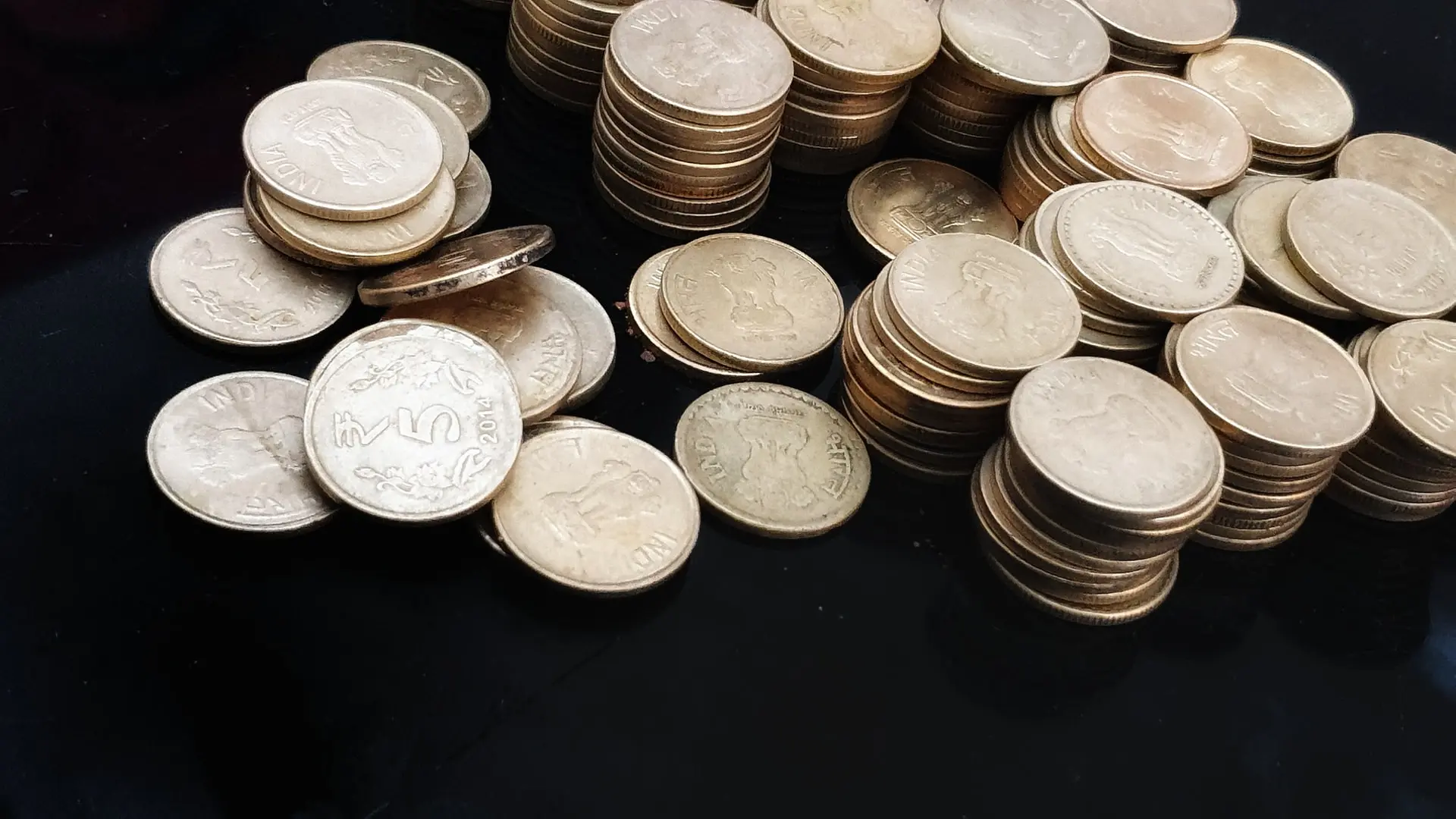
With the advent of technology in the past 30 to 40 years, currency can also be transferred in digital format. It should be noted that the currency that is transferred is not virtual but in a virtual format. The actual currency does move from one place to another.
When somebody is doing an online transaction company actually move from one bank to another when two people transact for a business. Thus, the transfer of money in online digital banking results in the actual movement of money in the real world. Also if you do not have the money represented in the digital format you cannot use it for exchange.
Thus the movement of currency is largely aided because of the future of portability. If coins were not portable it would have not been possible to prosper and exchange in large numbers.
Divisibility
The form of exchange that is been used for any transaction should be able for division. Let us explain this with an example.
In a barter system when goods were traded for goods then goods cannot be divided into half to trade for say around 50 kg of wheat. In the currency system develops the divisibility gives very good power to the holder of the currency to trade in smaller denominations. Thus, the currencies that have been issued are divisible into smaller units.

Any currency that needs to prosper should be divisible into smaller denominations. A dollar has cents, a pound has pence and a rupee has Paise in a divisible form.
Legality and acceptability
Any currency on its own is worthless. When the currency is legally recognised and accepted by any government or federal institution then only it gains recognition across the markets. As per the United Nations, there are 130 currencies in circulation today.
Any currency that comes up needs to be accepted by a government to be used freely for commerce and exchange. A currency not having recognition or acceptance by a government is equivalent to a Branded Currency.
A branded currency, like airline and credit card points and Disney Dollars. These are issued by companies and are used only to pay for the products and services to which they are tied. So if you issue a new currency for exchange it can be used by your own fans.
Limited Supply
A currency needs to be limited in supply to maintain its value. Since currencies are normally based on the gold standard the amount of gold that the government holds limits its supply.
Governments also need to have a hold on the cost of printing and distribution of the currency to maintain the value. If any government wants to increase the circulation or wants to print more currency then it has to increase the amount of bullion it has.
It has been observed in the past that when governments foresee a rise in economic activity which would help the economy grow then the governments buy bullion from other markets to maintain the gold standard and print more currency.
What Is Cryptocurrency?
As per Investopedia, a cryptocurrency is a digital or virtual currency that is secured by cryptography, which makes it nearly impossible to counterfeit or double-spend. Many cryptocurrencies are decentralized networks based on blockchain technology—a distributed ledger enforced by a disparate network of computers.
Any type of cryptocurrency is a digital asset stored on a hard disk either on servers or your personal computers. The word cryptocurrency is derived from two different words crypto and currency. The word crypto here represents the encryption technology that is used to store the digital asset on the hard disks and servers. Hence, cryptocurrency is actually an encrypted digital asset that is stored on a storage device such as a hard disk.
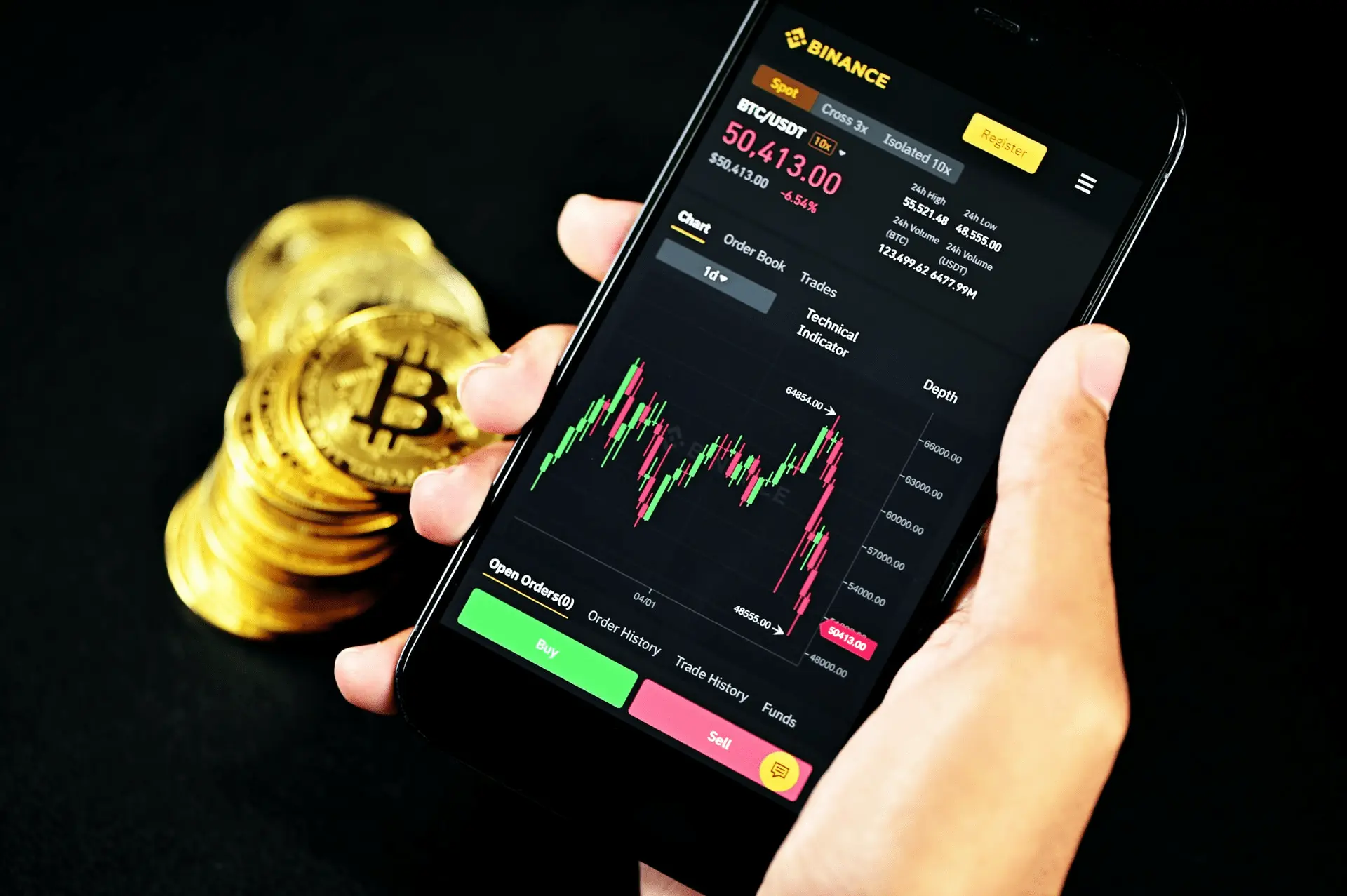
Cryptocurrency is managed by Blockchain. Blockchain is a technology to ensure the trueness of the transactional data that takes place. Blockchain tech is used to maintain an online ledger similar to a ledger in any book of account. This ledger doesn’t reside on any one computer but is available on the network.
Whenever a transaction takes place the transactional data is stored in the blockchain made redundant by publishing the entry across the cryptocurrency network. Thus, the proof transaction being lost is next to zero.
Now let’s compare cryptocurrency with our traditional currencies in circulation to understand what the future might hold for cryptocurrencies such as Bitcoin.
Comparison between traditional currencies and cryptocurrencies
We do a comparison between cryptocurrencies and traditional currencies to understand the differences between them. Also, we shall try to understand if cryptocurrencies can replace or not the traditional currencies.
Is cryptocurrency durable?
Cryptocurrency is stored on a storage device such as a hard disk. Cryptocurrencies can be exchanged and used until the hard disk is working. In case of theft or damage to the hard disk, the currency value which you have is no more valid since it is destroyed.
This is similar to your banknotes getting wet in the rain and get destroyed. Or you can relate this to your coins been thrown in a furnace and melted away. Thus, cryptocurrency is only usable till the hard disk on which it is stored is good to use.
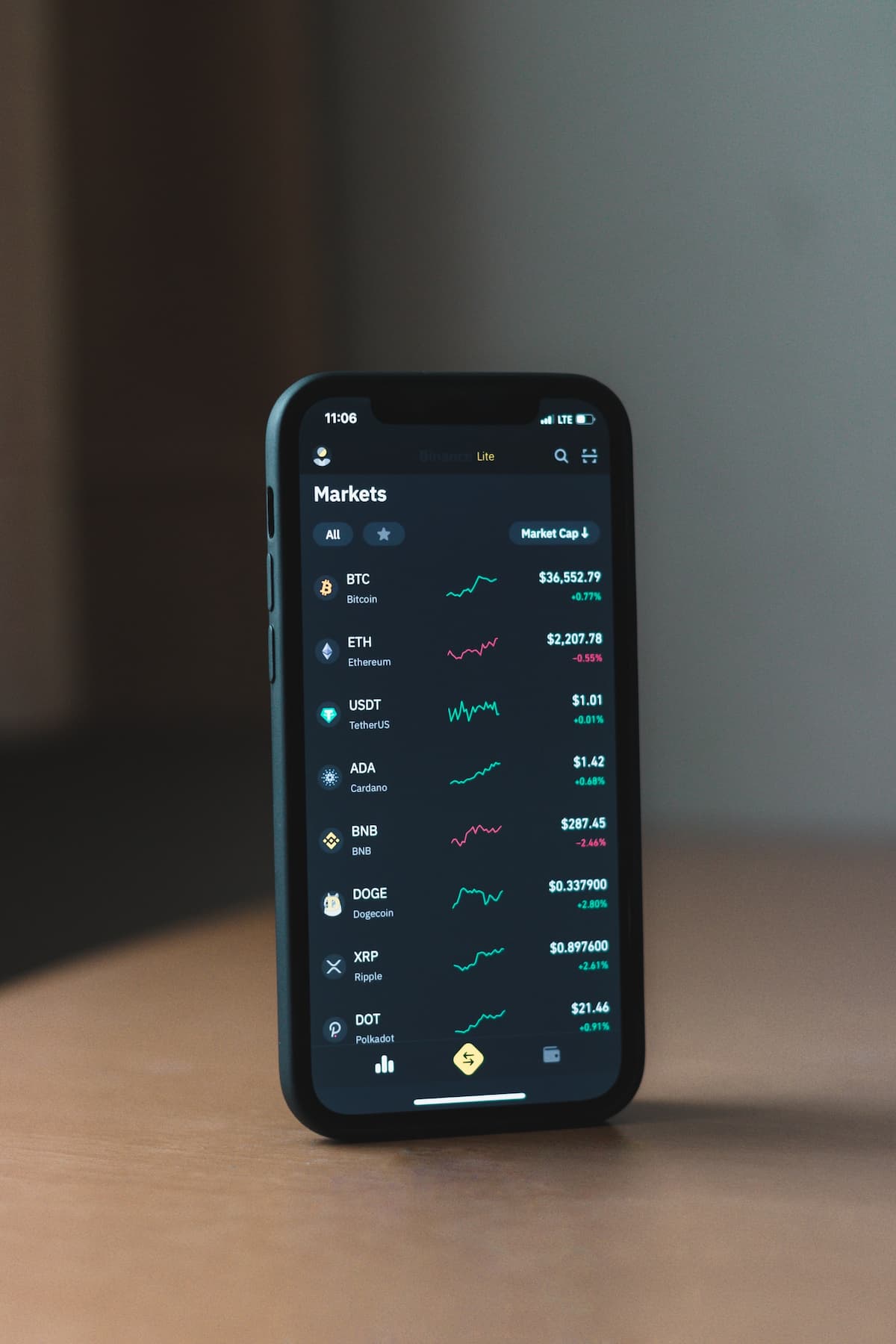
Is cryptocurrency portable?
Cryptocurrencies are digital assets and thus they are easily transferable and portable. You do not need to carry them physically from one place to another. Cryptocurrencies are stored in a wallet similar to your actual wallet and the transaction when taken place happens immediately.
As the actual currency is transferred in digital form through NEFT and RTGS in real-time similarly cryptocurrencies are transferred from one wallet to another. The difference here is that there is no party in between facilitating the transfer such as a bank or a payment gateway. The simple feature of portability and immediate transferability is a key characteristic of cryptocurrency.
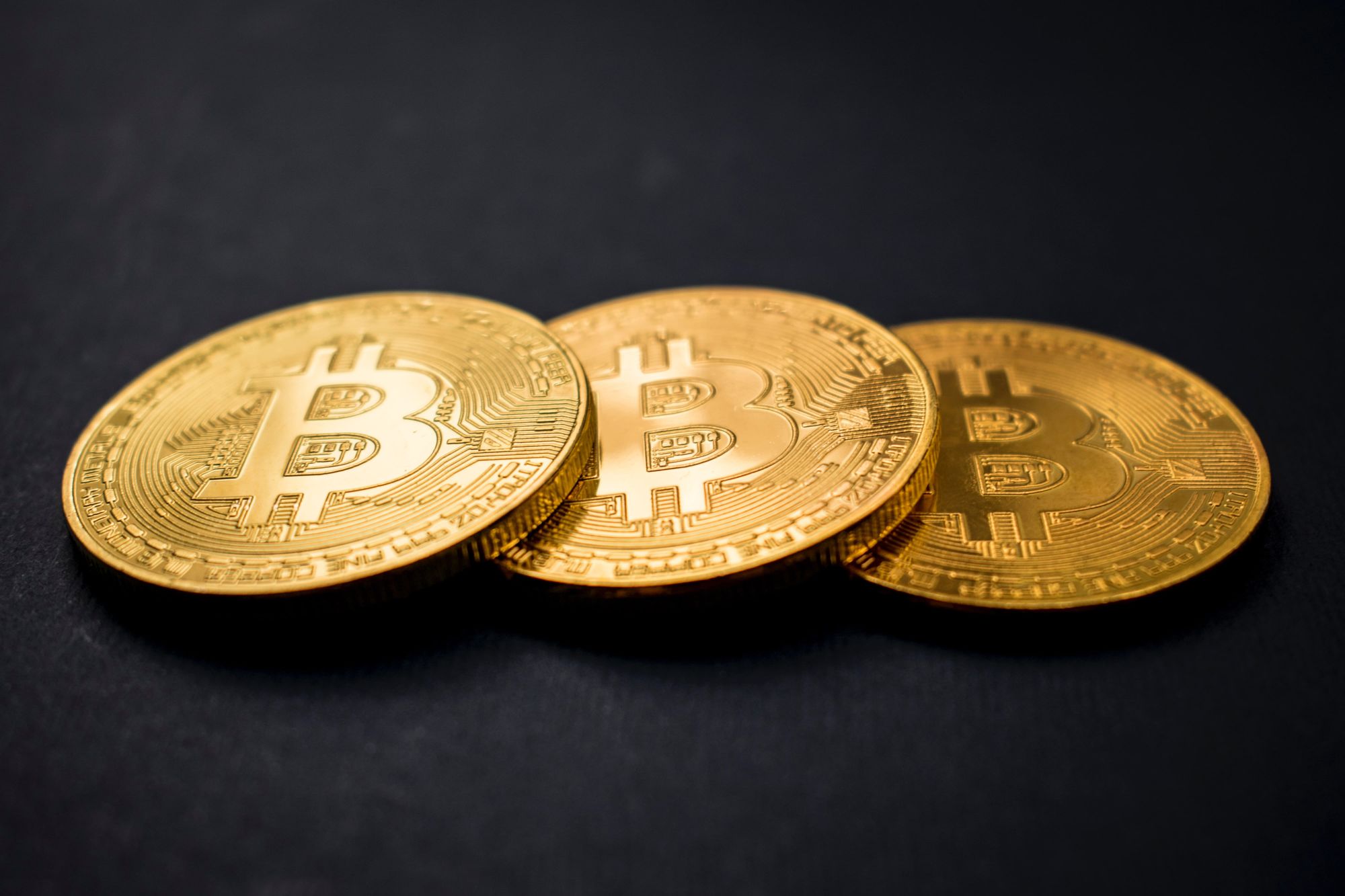
Is cryptocurrency divisible?
A cryptocurrency such as a bitcoin is very high in value as of writing this post. But one unit of a cryptocurrency can be divided into several subunits called tokens or coins. These tokens and coins can be exchanged and a transaction can be taken place. This is similar to cents for a dollar and paise for a rupee.
Do cryptocurrencies have legal denominations?
Many countries around the world have not yet accepted cryptocurrencies as a medium of exchange or for legal tender. Thus, cryptocurrencies cannot be used in large numbers to transact daily operations and transactions.
For a cryptocurrency to be adopted on a very large scale similar to traditional currencies they need to have legal tender and acceptance from government institutions as well as from the federal institutions that run in the country. Unless governments do not accept their adoption among the masses will remain negligible. It will be more of an investment rather than a medium of exchange.
Cost of carrying and mining
Currencies carry a cost to store them and to use them. Since the e-wallet resides on a storage device such as a hard disk, the cost to run the storage device and the server is a cost that is recurring to the user. Also, not all are tech-savvy. A farmer in remote areas of any country might not be comfortable using a cryptocurrency since he/she might not have the resource to carry the crypto.
There has been a concept of mining the cryptocurrency, a process in which transactions are verified by users and are rewarded with tokens or coins for such verification. In the past couple of years, people have set up specific computers at their homes to mine cryptocurrencies especially bitcoin. In the process, they accumulated coins and as the value went up they got returns as appreciation.
The miners as they are called, calculated the cost of mining - the electricity bill and the computer cost - to understand if the mining was profitable or not. Mostly, it was and as the price went up they had super-profits. There have been reports recently pointing out the actual cost of mining cryptocurrencies and the impact it has on the environment due to the increased consumption of electricity.
Since electricity is a key component of running the crypto networks, the resources for the production of electricity are also an influencing factor. Both the economic and environmental impact needs to be seen.
Will Cryptocurrency Fail?
Cryptocurrencies have a lot of good features that are a sign of times moving ahead with technology. But for cryptocurrencies to actually flourish they need to have acceptance from government agencies. Although the proponents of cryptocurrency say that the absence of control of governments is a key feature of crypto yet the volatility is a major concern.
In the absence of a central agency overlooking cryptocurrencies, there is a high risk of manipulation and even anarchy. The regulatory authority will bring more discipline and trust. We do not know how this will work out in the future but in the absence of any legality, cryptocurrencies tend to fall and become an investment option or all together go out of fashion.

The cost of caring for cryptocurrency is a major concern for us. In traditional currency, the only cost that is associated with currency is printing and distribution. After that, the value of the currency either initiates or deflect depending on the market conditions. The cost of currency should be negligible to be used by the masses.
Also, the durability of cryptocurrencies is something that has us worried. We have read and heard about people who have lost bitcoins due to hard disk failure or a hard disk crash. Also, some people have discovered bitcoins when they bought a second-hand hard disk on which it was mine by a previous owner who had thrown the way or given it away.
Thus, the dependency on a device specifically a storage device is something that puts us off for going in for cryptocurrency.
How will cryptocurrencies become a success?
The way we see it, if the governments of the world or the central banking agencies chalk out a plan to run a cryptocurrency network and manage it giving it through legal tender then cryptocurrencies can be adopted among the masses. Also, the supply of currency needs to be monitored and the volatility restricted so that it is adopted by the lowest of the classes also.
Crypto networks can be formed and maintained by governments for their own respective currency. Just as we have USD, EUR, INR & YEN, we can have each country run their own virtual currencies with exchange rates set up for Forex trade. This will ensure that businesses and individuals shall not lose any of their precious wealth and have legal tender at the same time. The confidence in centrally approved networks will be more than something totally managed by individuals without any sovereign or federal ownership.
Conclusion
The future is surely exciting to see how we as a human race evolve with currency - our medium of exchange for more than 2 millennia. We shall be keeping an eye on cryptos. Currently, they are being viewed as an investment option rather than a currency. Will this view change is to be seen? Many questions prevail that will be only answered in the future.


